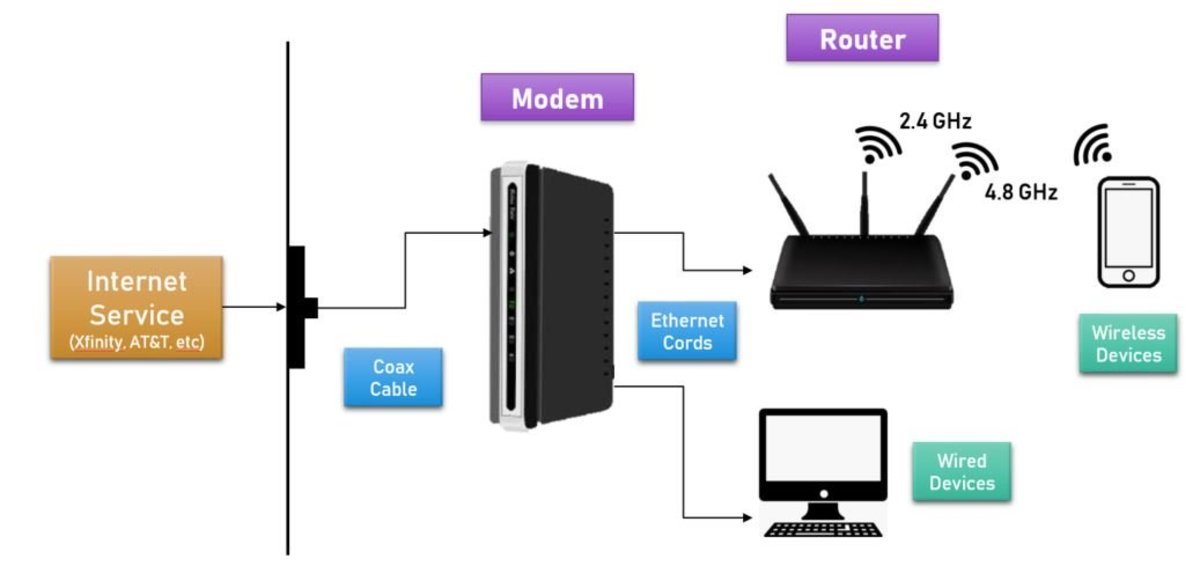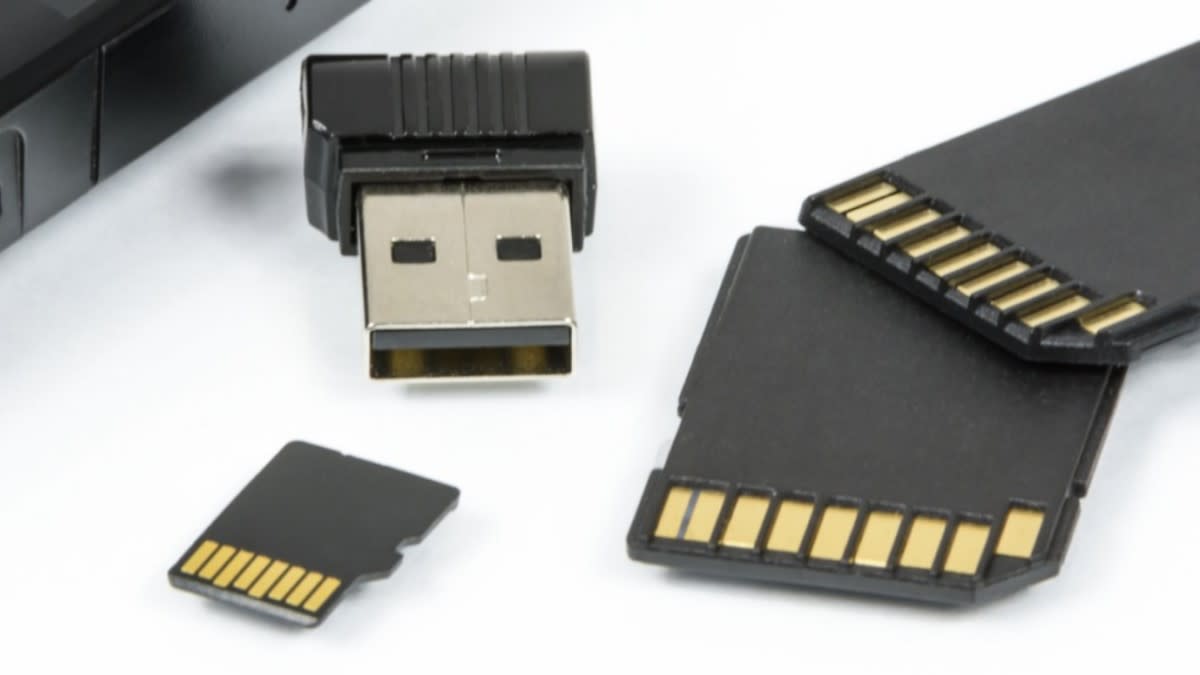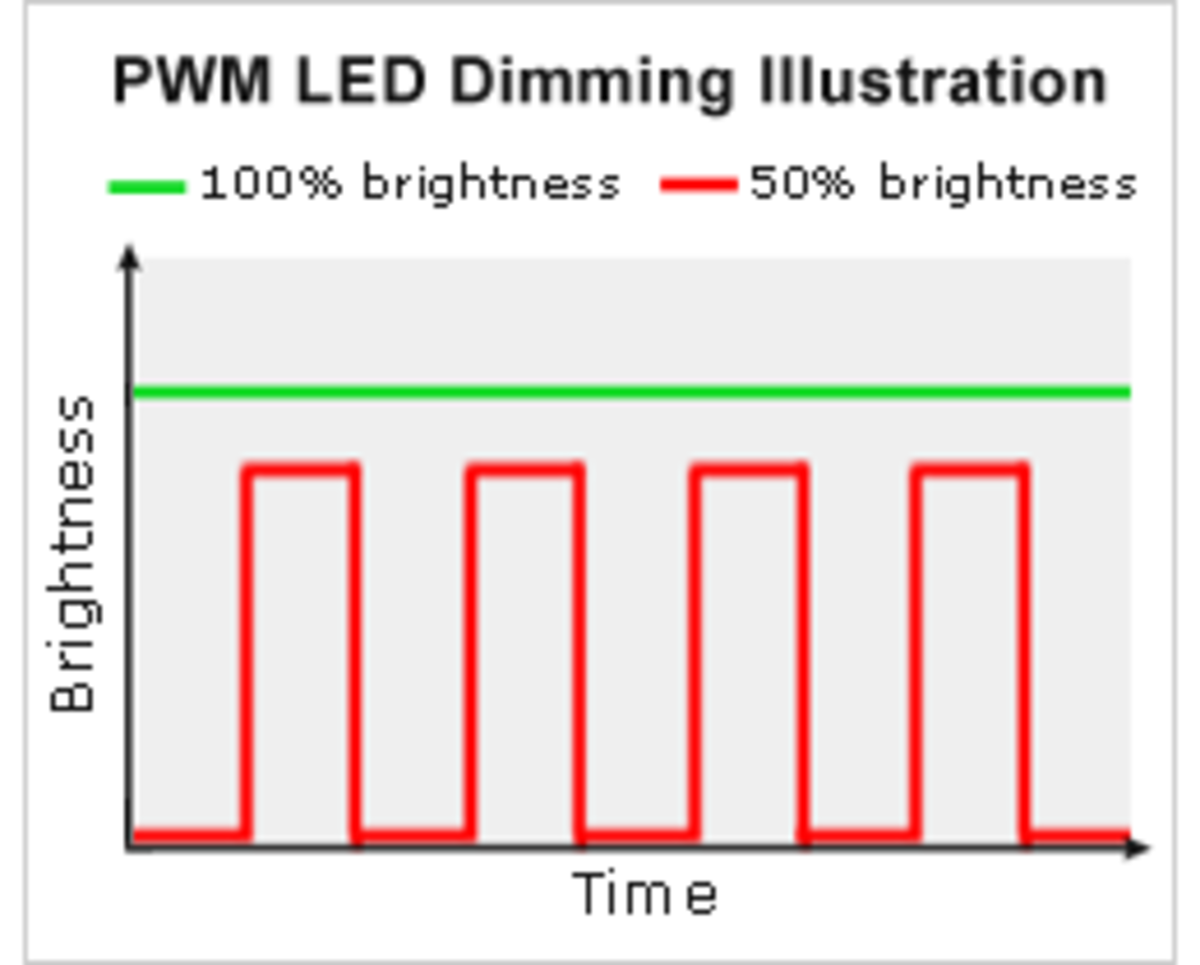Dial-Up Modems
We all have sometimes used or come across a dial-up modem but do you think you know enough about them? I am a Software Engineer and as I have studied networking I would like to share what I have learnt with you all. This is a tutorial and it can be useful for those who are learning networking and also to those who wants to know a bit more about the machines they are using.
Telephone line bandwidth
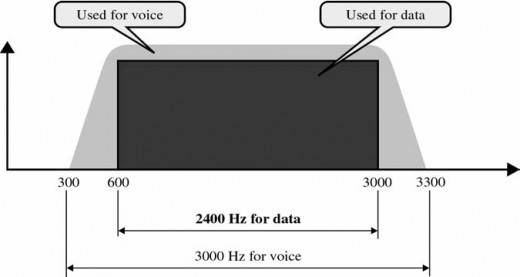
Telephone Lines and Bandwidth
Earlier telephones lines can carry frequencies between 300 and 3300 Hz which allows them to have a bandwidth of 3000Hz. This great range is used to transmit voice allowing a great deal of interference and distortion which could be accepted without loss of intelligibility. But we know that to ensure integrity data signals require a higher degree of accuracy, therefore for safety’s sake the edges of this range is not used for data communication. In general we can consider that the signal bandwidth should be smaller than the cable bandwidth. The effective bandwidth of a telephone line being used is 2400 Hz (for data transmission), which covers a range from 600 to 3000 Hz. But also note that today some telephones lines are capable of handling even greater bandwidth than the traditional lines but the modem design is still based on the traditional line’s capability.
Note:
The term modem is a composite word that refers to the two functional entities that make up the device: a signal modulator and a signal demodulator. A modulator creates a bandpass analog signal from binary data whereas a demodulator recovers the binary data from the modulated signal.
Transmission block diagram
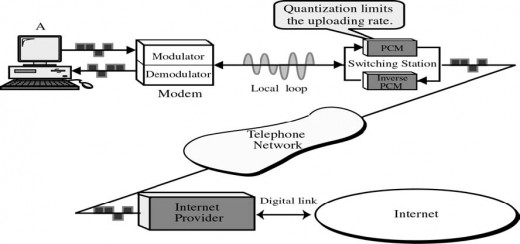
Modem Standards
Today many of the popular modems are based on the V-Series standards published by the ITU-T . Today in this hub I will discuss about the most recent ones. If you are interested to know more or have something more to add then please leave a comment.
V.32 and V.32bis
The V.32 modem uses a combined modulation and encoding technique called trelliscoded modulation. Trellis is essentially QAM plus a redundant bit. The data stream is divided into 4-bit sections. The V.32 calls for 32-QAM with a baud rate of 2400.
The V.32bis modem was the first of the ITU-T standards to support 14,400 bps transmissions. An additional enhancement provided by V.32bis is the inclusion of an automatic fall-back and fall-forward feature that enables the modem to adjust its speed upward or downward depending on the quality of the line or signal.
Block diagram
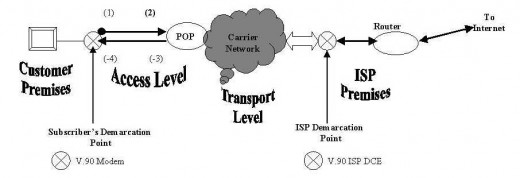
V.90
The traditional modems have a data rate limitation of 33.6 kbps, however the V.90 modems with a bit rate of 56,000 bps are available and they are very popularly known as 56K modems. These modems can be used only if one party is using a digital signaling, such as through an Internet provider. The downloading rate can be a maximum of 56 kbps while the uploading rate can be a maximum of 33.6 kbps.
V.92 56K Modem
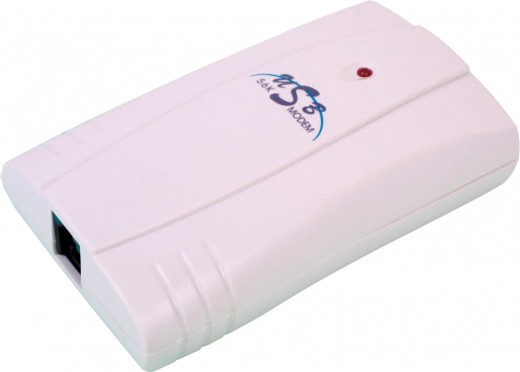
V.92
These modems are very versatile in the sense that they can adjust their speed and if the noise allows, they can upload data at the rate of 48 kbps. The downloading is still the same at 56 kbps. These modems have some additional features such as, the modem can interrupt the Internet connection when there is an incoming call if the line has call-waiting service.


